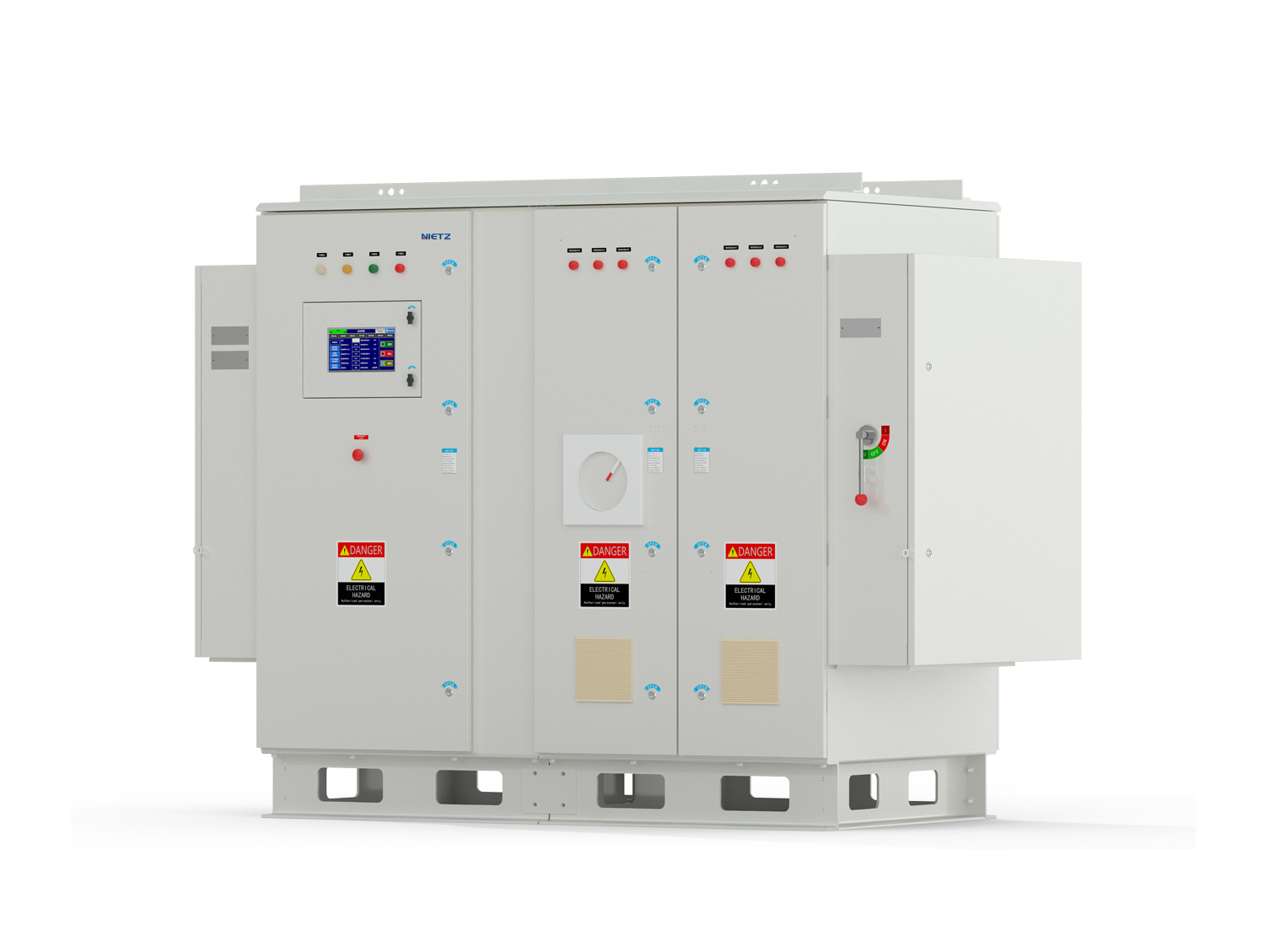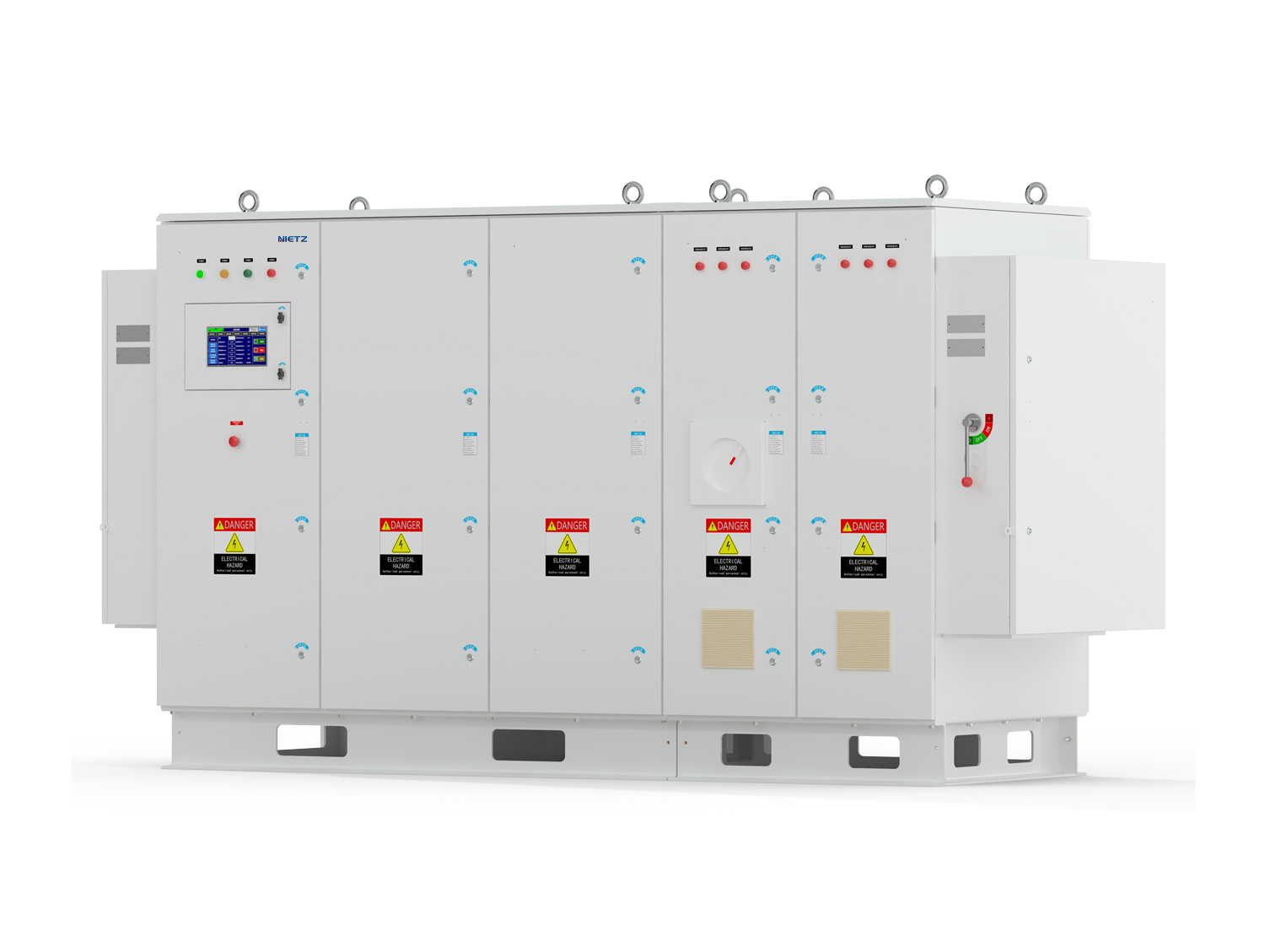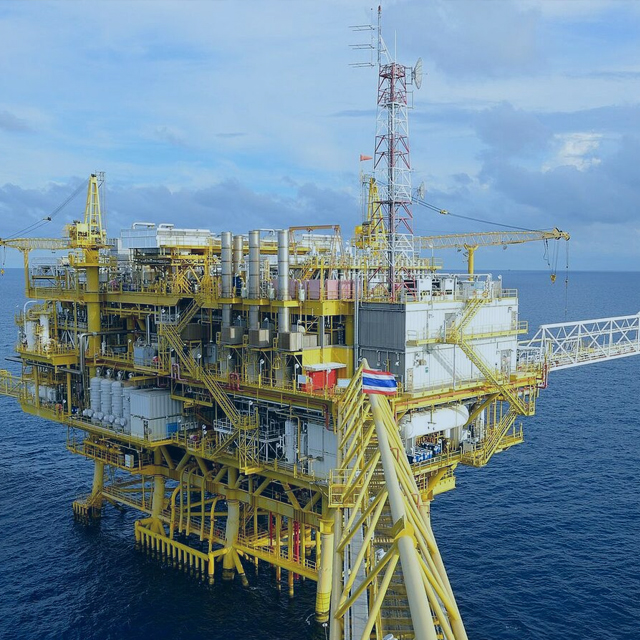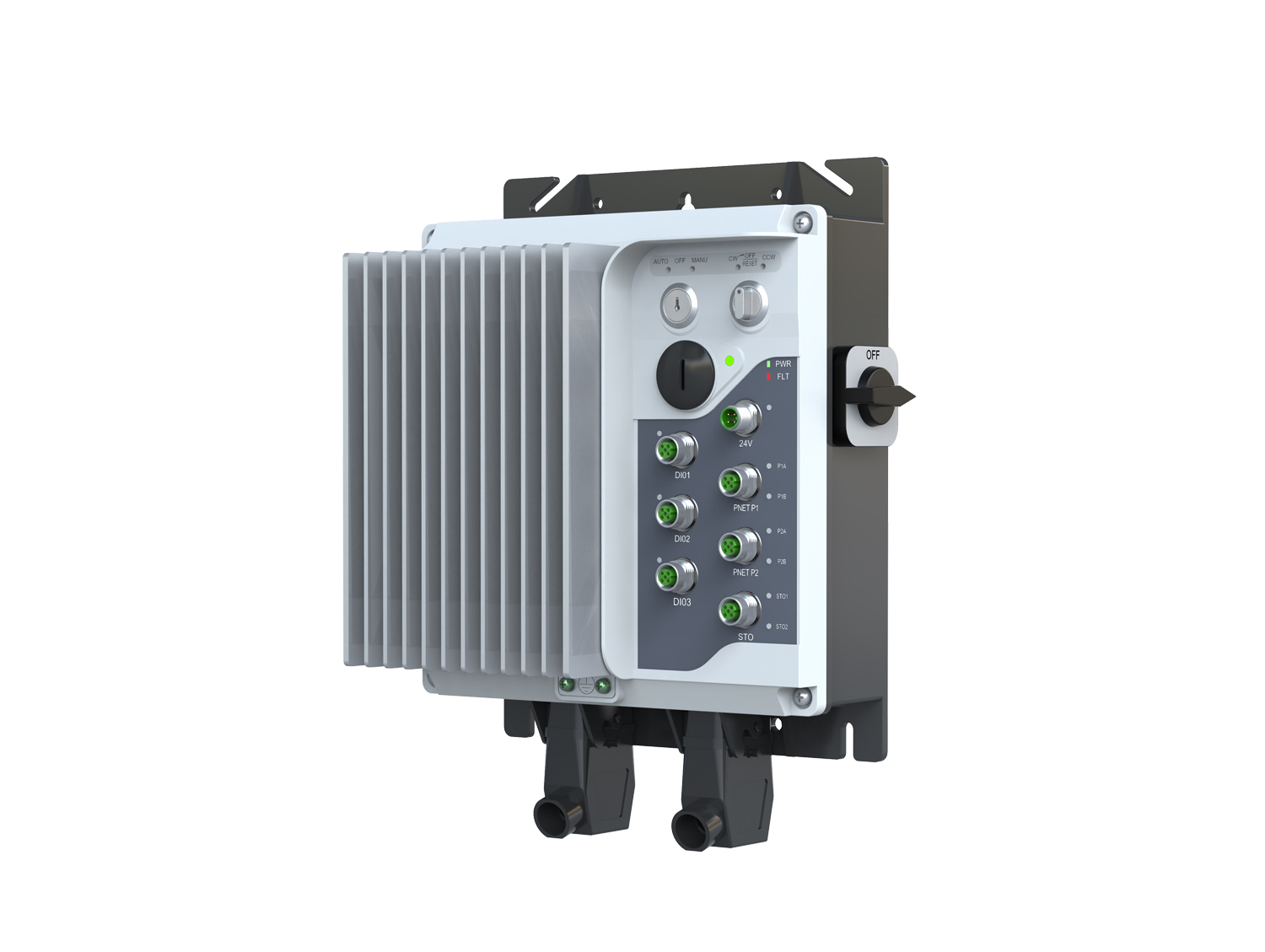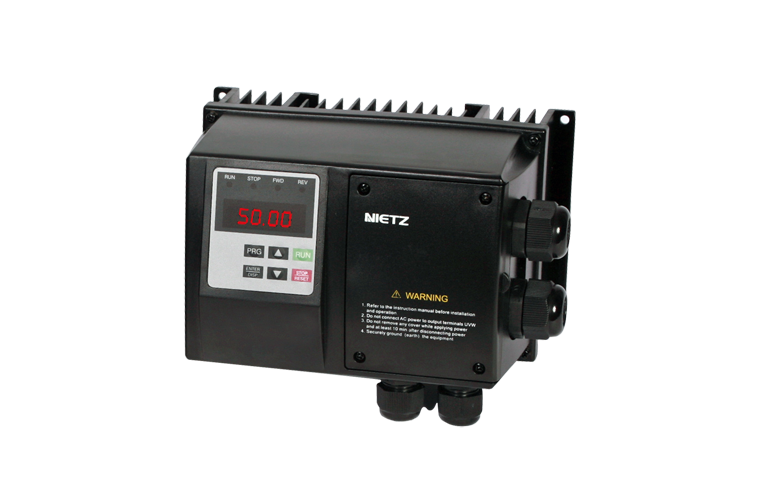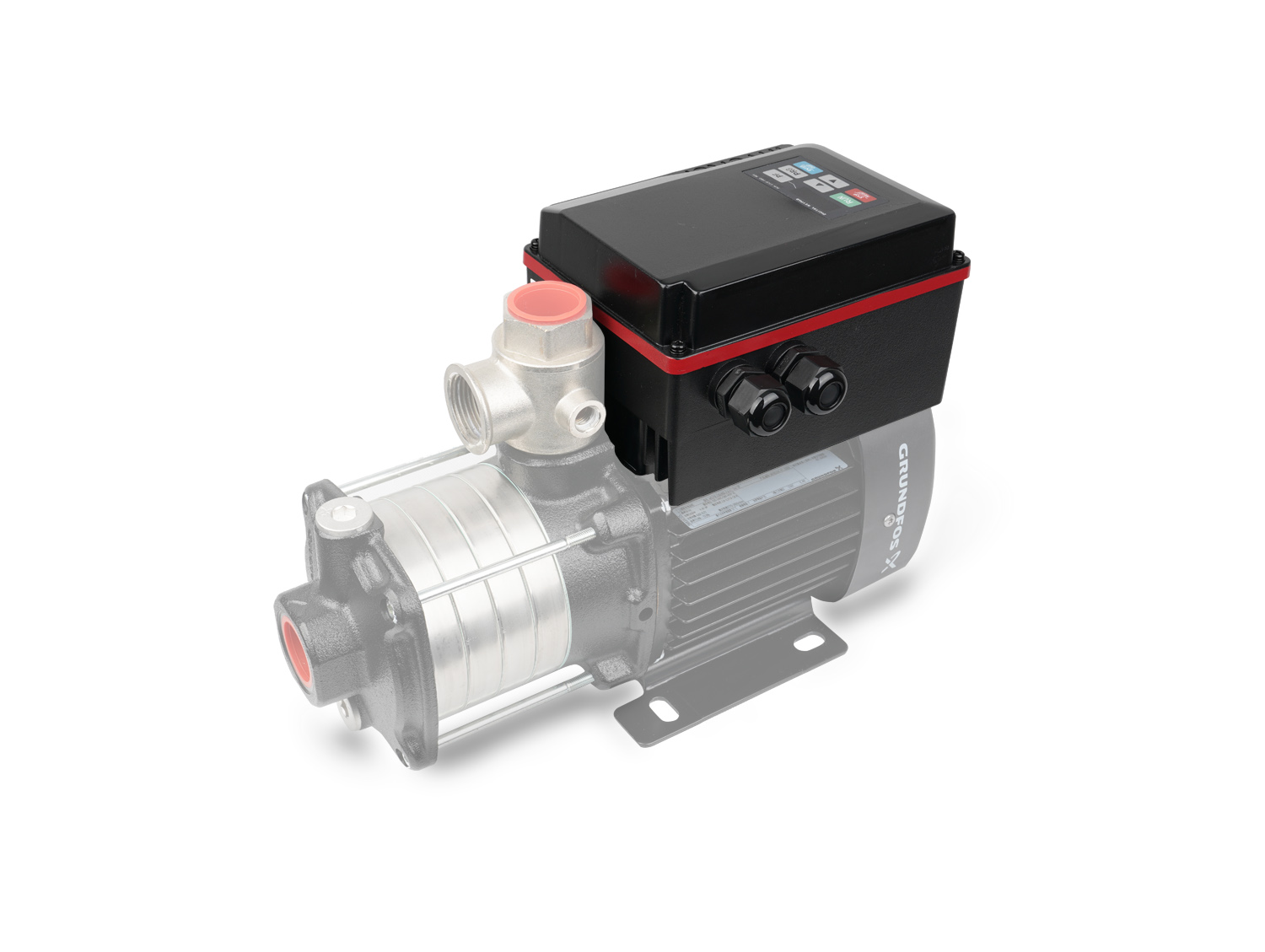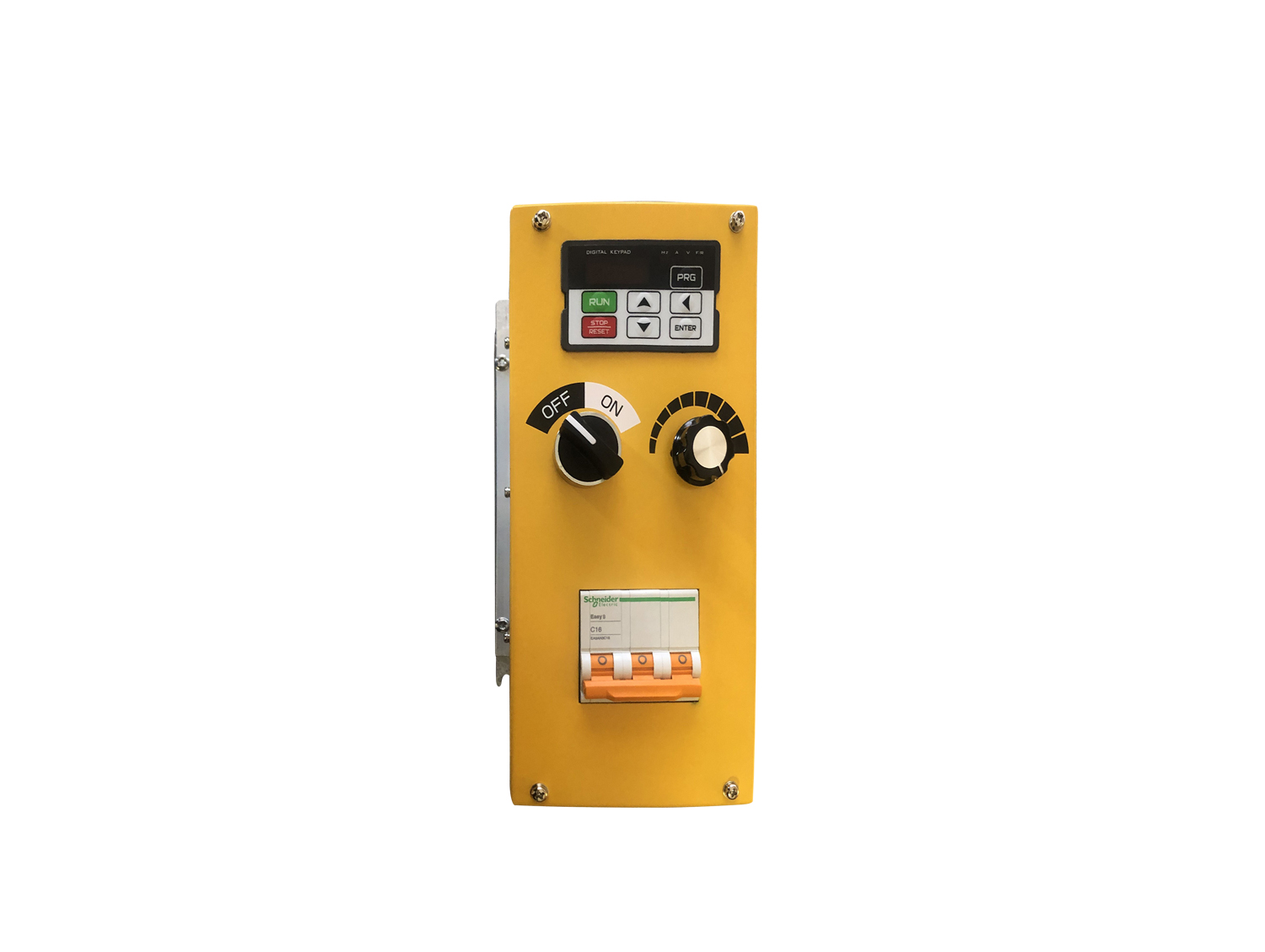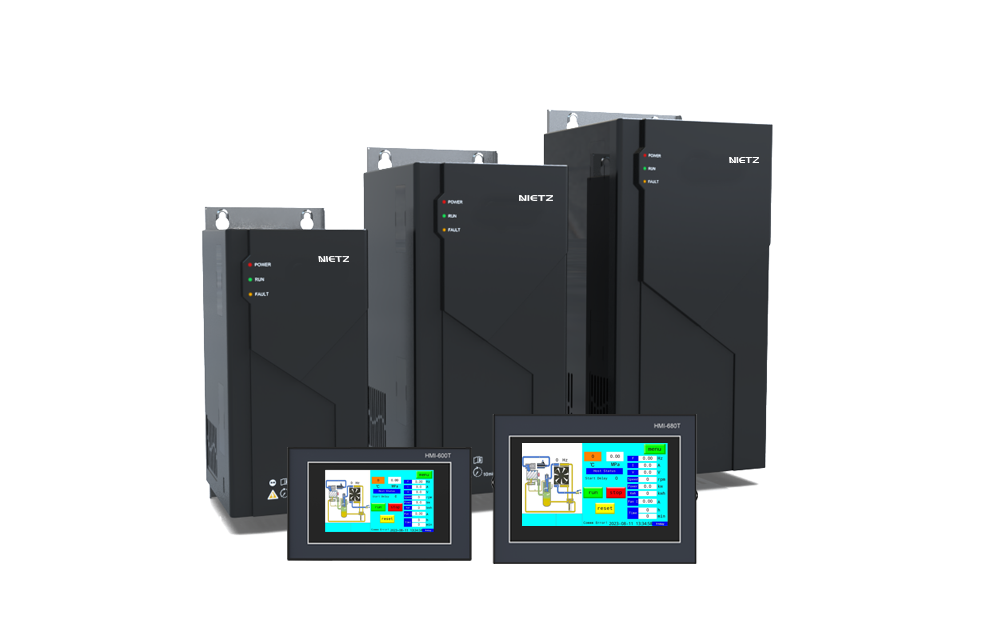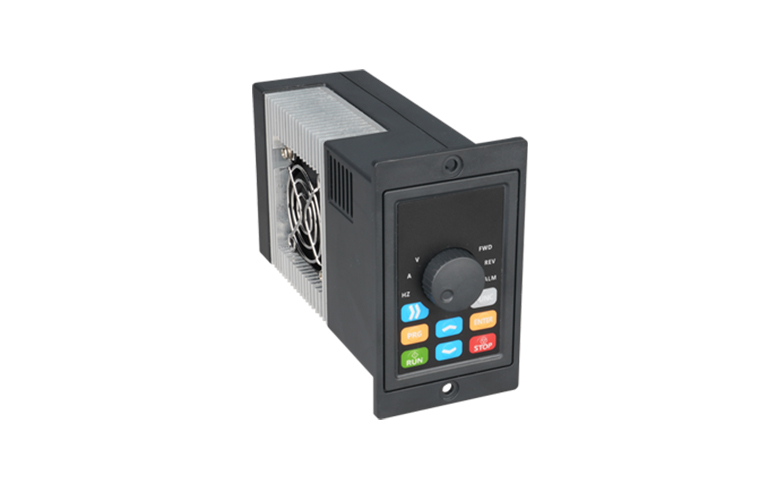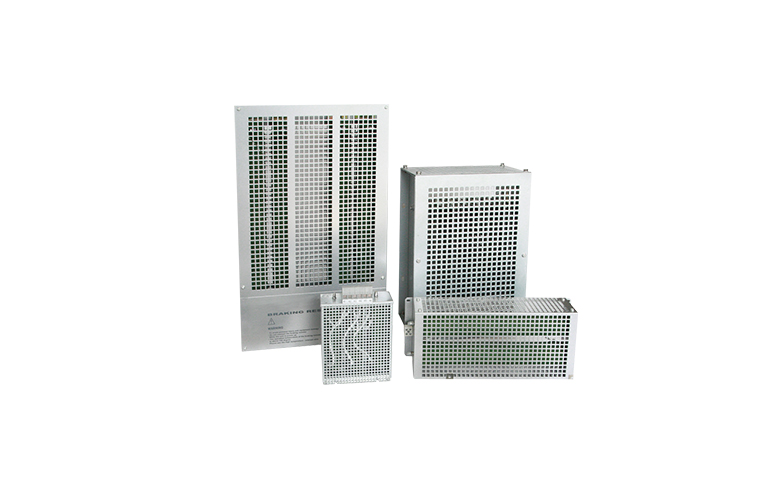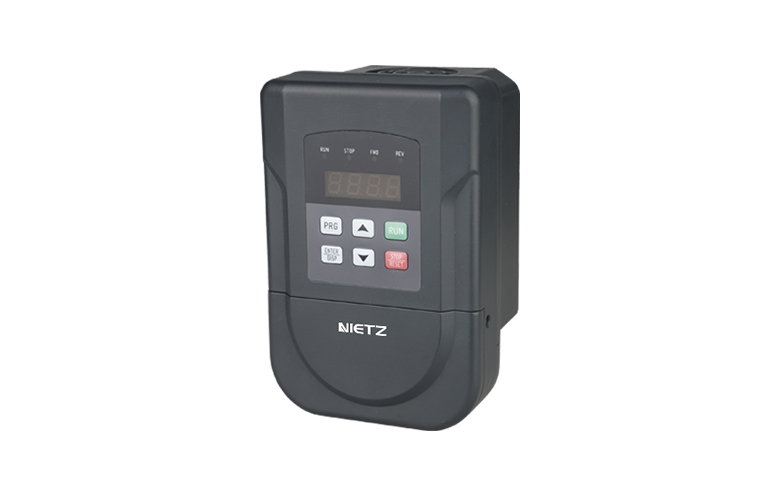The dedicated low-voltage variable frequency drive (VFD) for ESPs is specifically engineered for submersible pump frequency conversion applications. Designed to address the unique load characteristics of ESP systems, this series adopts a two-level inverter + output sine wave filter architecture combined with a high-performance V/f control algorithm, ensuring stable and reliable operation of ESP units under variable-frequency drive conditions. Control system software helps you reduce power and downtime costs while optimizing production.
To meet diverse user requirements, the drive incorporates specialized startup, control, and protection functions tailored for challenging well conditions, including:
- Sandy wells with difficult startup due to sediment accumulation
- Gassy wells experiencing significant load fluctuations
- Heavy oil wells with high-viscosity fluid loads
These enhancements ensure superior adaptability when paired with ESP systems in complex downhole environments.
Technical feature of Low-Voltage ESP (Electric Submersible Pump)
Input Power Voltage Range | Three-phase 380VAC (±15%), 480VAC (±15%) |
Topology | Two-level inverter |
Rectifier Configuration | 6/12/18/24-pulse selectable |
Rated Output Current | 250–2000A |
Rated Output Capacity | 180~1496kVA / 480V; 147~1182kVA/380V |
Output Frequency Range | 1.5–80Hz |
Carrier Frequency | 1.5kHz–4kHz |
Input Frequency Resolution | Digital setting: 0.01Hz; Analog setting: 0.25% of maximum frequency |
Output Overload Capacity | 150% rated current for 1 minute (with 5-minute intervals between overloads) |
Control Method | Programmable V/f control |
Mode Selection | Manual/auto switching; Local/remote switching |
Installation Environment | Indoor: Forced air cooling (with AC or fans); Ambient temperature ≤40°C |
Outdoor: Shielded from direct sunlight, free of dust, corrosive gases, flammable gases, oil mist, vapor, dripping water, or salt |
Altitude | Rated operation below 1000m; Derate 1% output current per 100m above 1000m |
Ambient Temperature | -40°C to +50°C |
Humidity | ≤95% RH (non-condensing) |
Vibration | ≤5.9m/s² (0.6g) |
Enclosure Protection Rating | Indoor: IP20 / Outdoor: IP54 |
Product Design Features
- Two input AC filters for input power balancing
- Built-in output sine wave filter with output THD <5%
- Integrated condensation prevention device to effectively avoid insulation degradation caused by moisture buildup inside the cabinet due to temperature fluctuations
- Dual emergency stop access points:
- Front-door mounted emergency stop button
- Terminal-block dry contact (for external emergency stop integration)
- Standard surge protection device (SPD) safeguards internal components against lightning strikes and voltage surges
- Convenient data/alarm/log downloads via front-door USB port
- Electronic interlock mechanism for enhanced personnel safety
- Embedded power meter monitors input power parameters and total energy consumption
- Modular internal structure with drawer-type main circuit configuration for easy on-site maintenance
- Robust environmental adaptability: Operates reliably in ambient temperatures from -40°C to +50°C
- Main circuit film capacitors (superior lifespan compared to conventional electrolytic capacitors)
- Innovative thermal design:
- Isolated heat dissipation channels for power components and control modules
- Ensures stable operation of VSD control systems
- User-friendly HMI: 10-inch LCD resistive touchscreen with bilingual Chinese/English interface
Product Features
ESP-Specific Application Functions: Four startup modes (Torque Boost, Synchronous, Impact, Swing) to address stuck pumps or gas lock situations in oil wells.
Diverse Frequency Setting Methods: Supports manual frequency setting and advanced options; Current-based frequency following; Pump inlet pressure-based frequency following; Gas-lock-release frequency following; Designed to meet complex field operating requirements.
Proprietary Energy Optimization: Maintains submersible motor current at minimum levels to reduce heat generation in motors and cables.
Comprehensive Safety Protections: Over-voltage, under-voltage, over-current, short circuit, under-load, Three-phase current imbalance, input phase loss, Downhole sensor parameter protection, external fault protection.
Integrated PID Control: Enables closed-loop control of operating current and pump inlet pressure.
Triple Command Channels: Panel control, terminal control, RS485 communication interface.
Advanced Current Management: Rapid current limiting minimizes over-current faults and ensures inverter reliability. Startup current auto-limiting prevents frequent over-current tripping during initialization.
SCADA Integration & Monitoring: RS485-enabled SCADA access with multi-sensor compatibility and HMI visualization.
Automatic Fault Recovery: Self-restart functionality after fault clearance.
Applications include:
- ESPs, progressing cavity pumps (PCPs), and surface pumps
- Geothermal, steam-assisted gravity drainage (SAGD), and other elevated-temperature applications
- Arctic, tropical, and desert conditions
Application Environment
| Product Series | Description | Definitions |
| HP | IP56(NEMA4X), -20℃... + 60 ℃; 6/12/18/24 pulse rectification; Suitable for outdoor tropical desert | High Protection |
| PS | IP56(NEMA4X), -20℃... + 60 ℃; Phase shifting transformer; Suitable for outdoor land integral skid structure | PST (Phase-shifting transformer) |
| LH | IP56(NEMA4X), Stainless steel cabinet, - 20 ℃... + 60 ℃; 6-pulse rectifier + input filter; Suitable for offshore platforms | Low Harmonic |
| RS | IP20(NEMA3R), -20℃…+50℃,6/12 pulse rectifier, input harmonic filter optional; Suitable for indoor use | Regular Series
|
Products series
| Rated output current(A) | Rated capacity (kVA) | Full load output capacity with output filter(kVA) | Dimension | W(mm) | D(mm) | H (mm) | Weight(kg) |
| 160 | 133 | 120 | No.1 | 1350 | 1262 | 2000 | 495 |
| 250 | 208 | 185 | 544 |
| 400 | 333 | 300 | 600 |
| 630 | 524 | 470 | No.2 | 1690 | 1262 | 2000 | 768 |
| 800 | 665 | 600 | 837 |
| 1000 | 831 | 745 | 980 |
| 1200 | 998 | 900 | No.3 | 2134 | 1262 | 2178 | 1366 |
| 1400 | 1164 | 1050 | 1454 |
| 1600 | 1330 | 1200 | 1562 |


